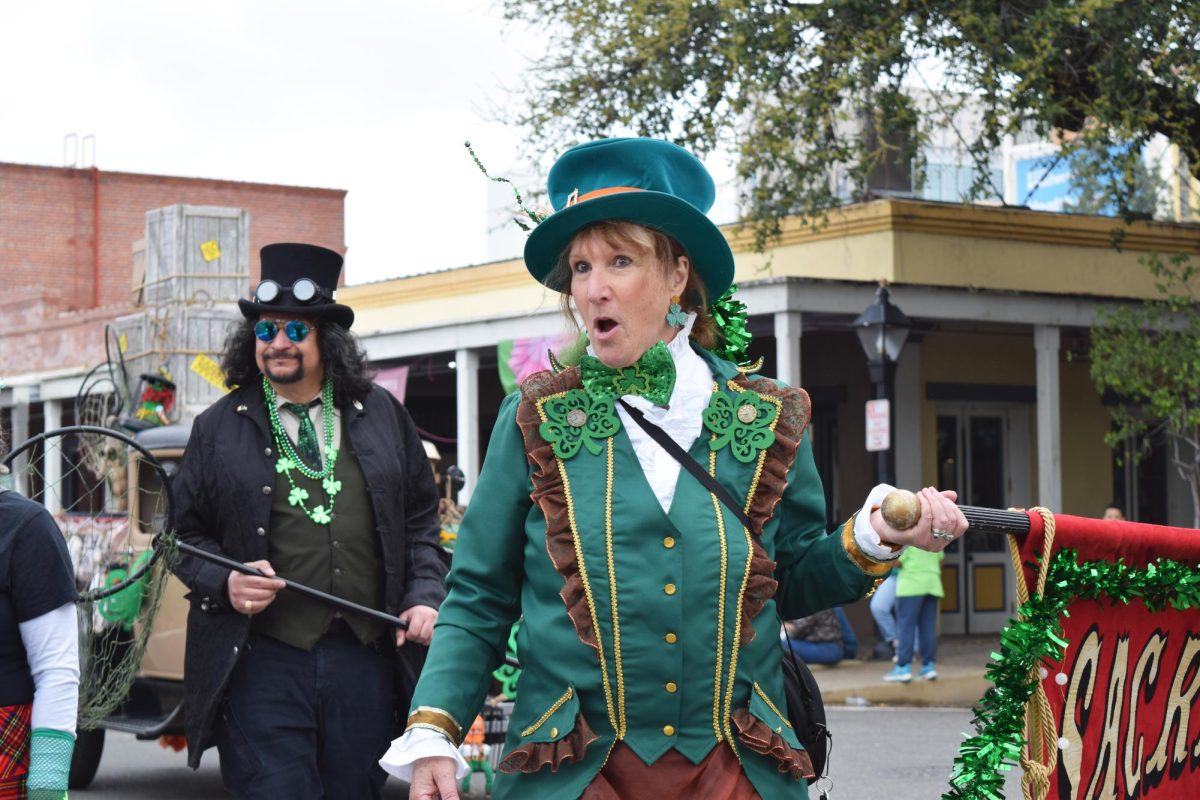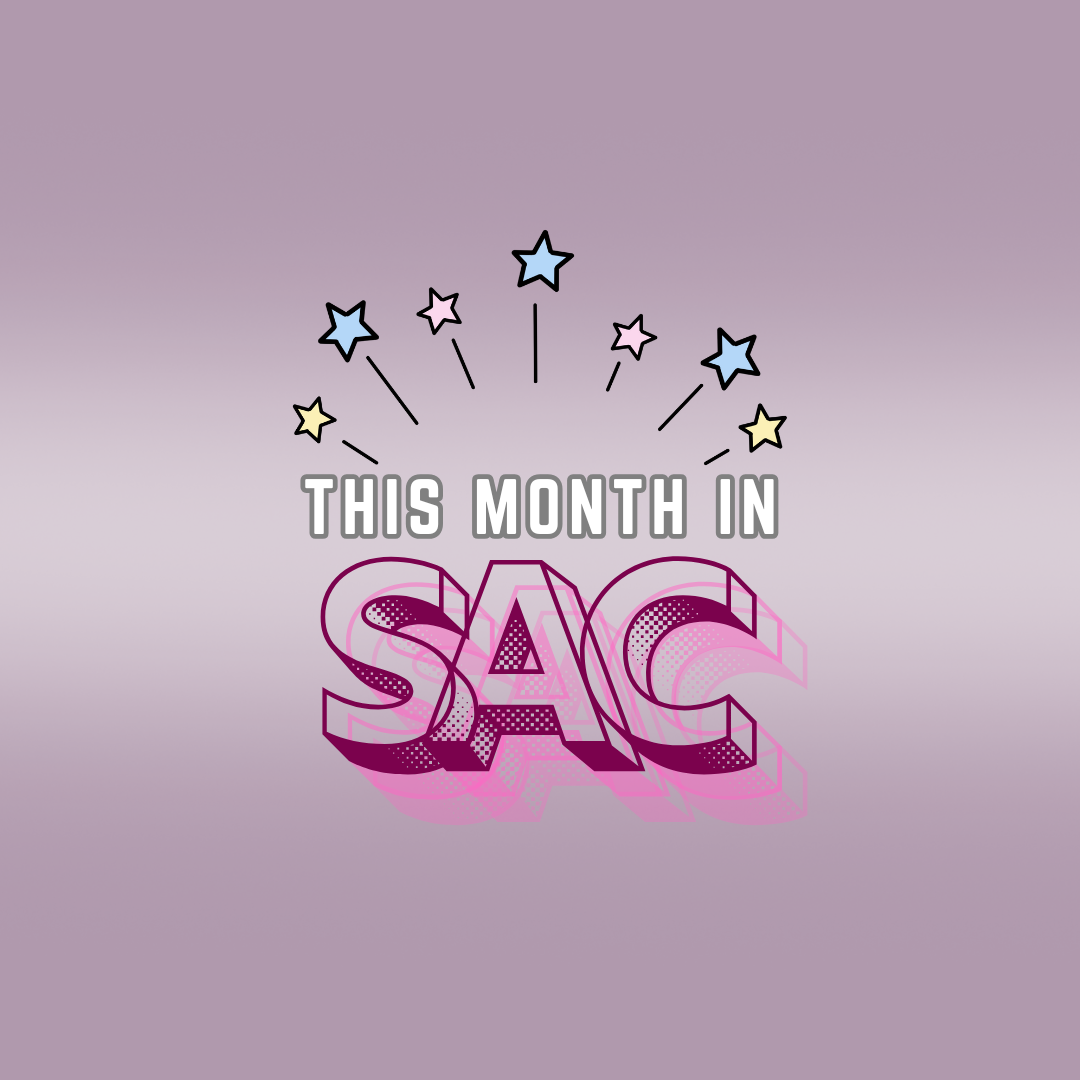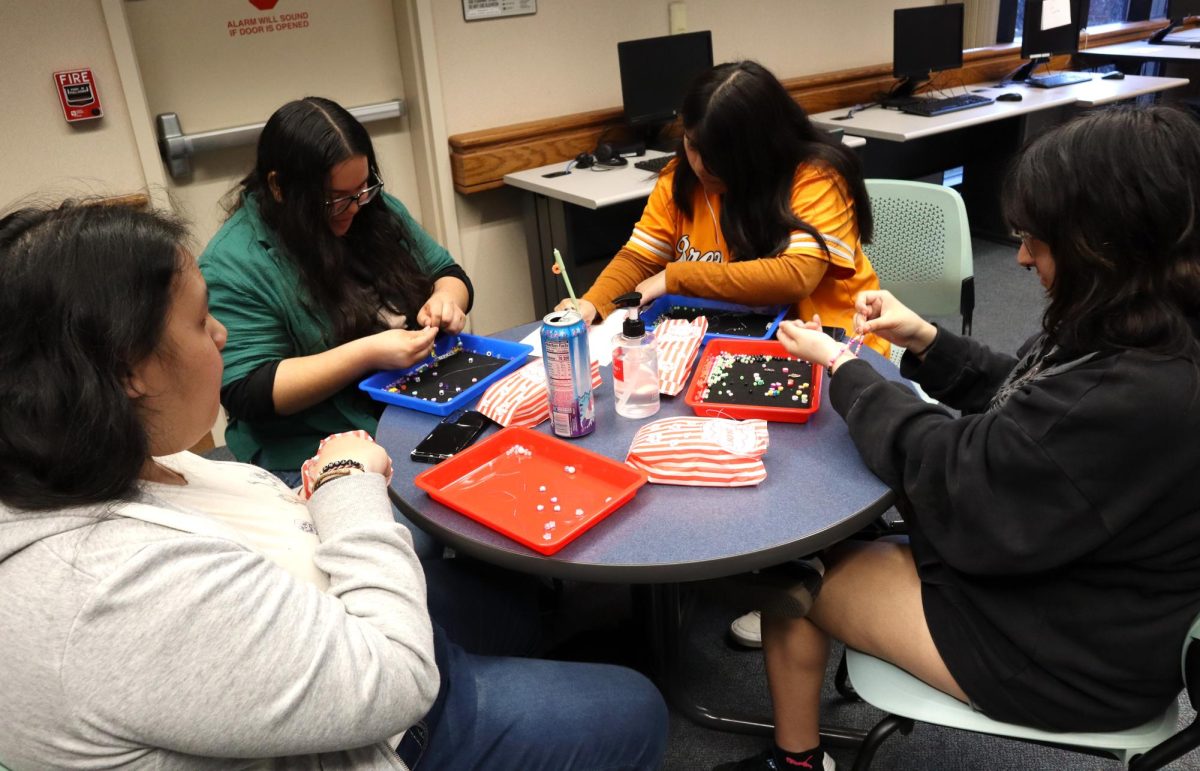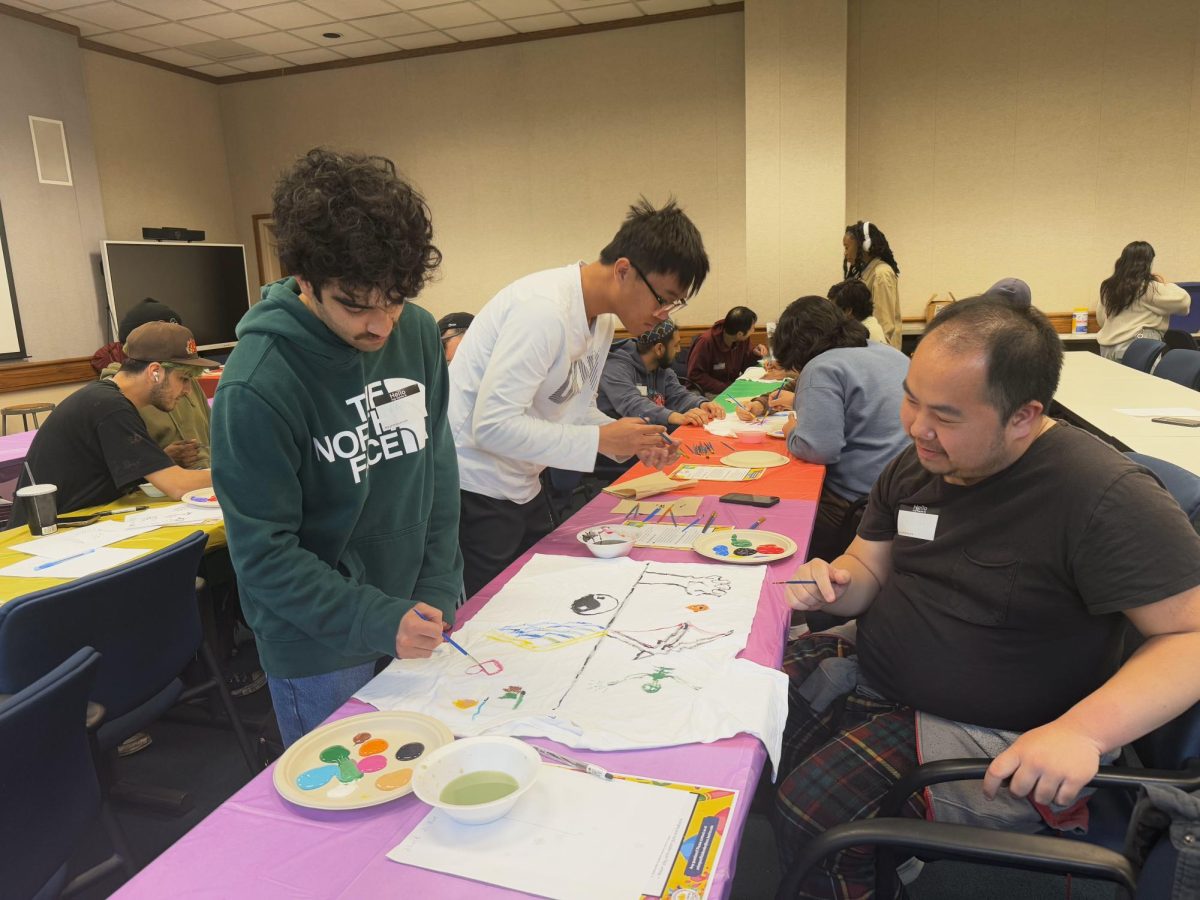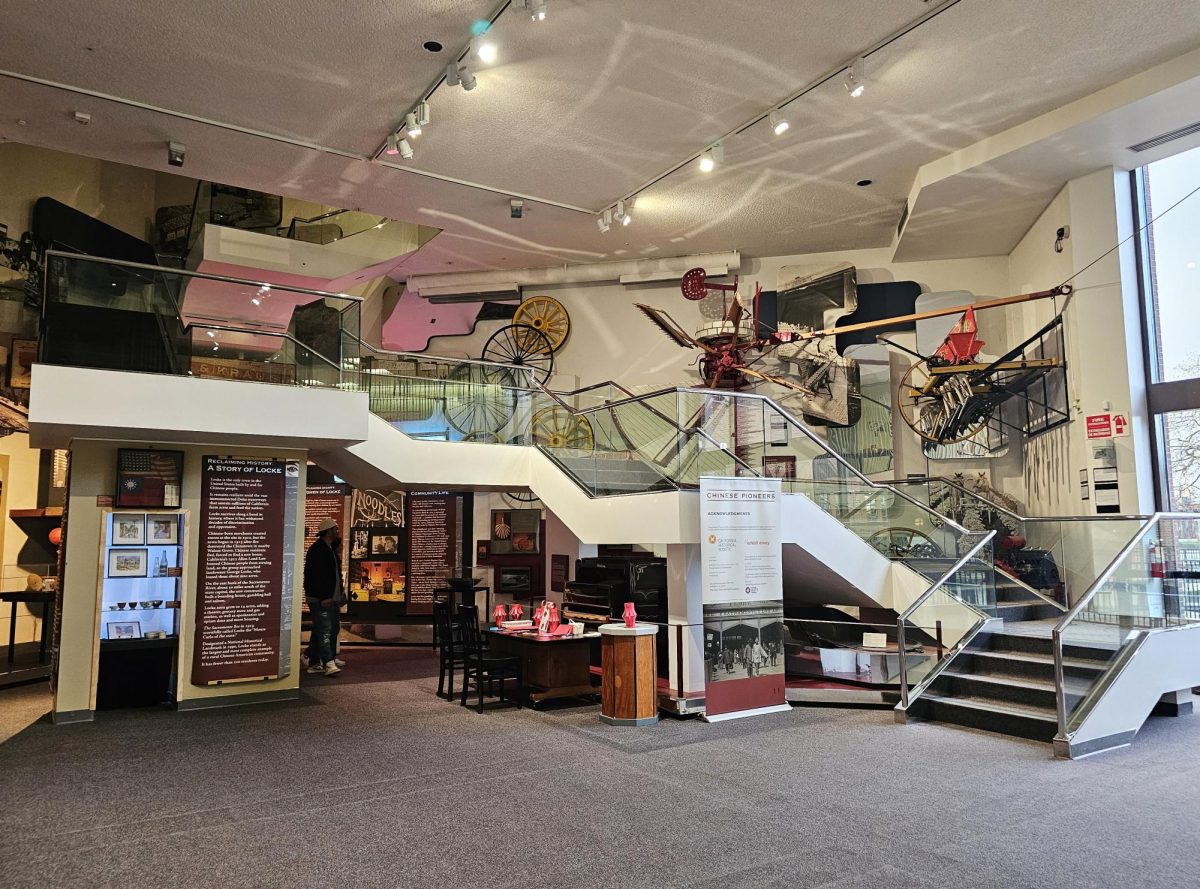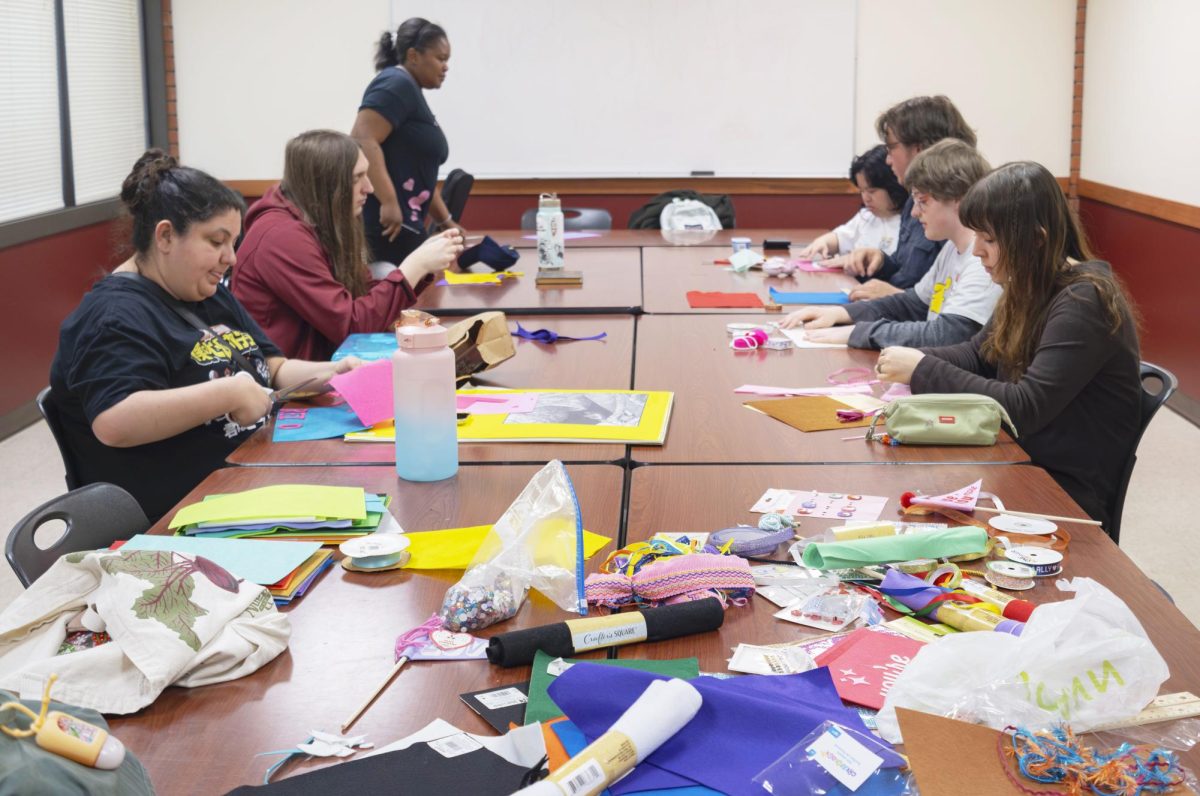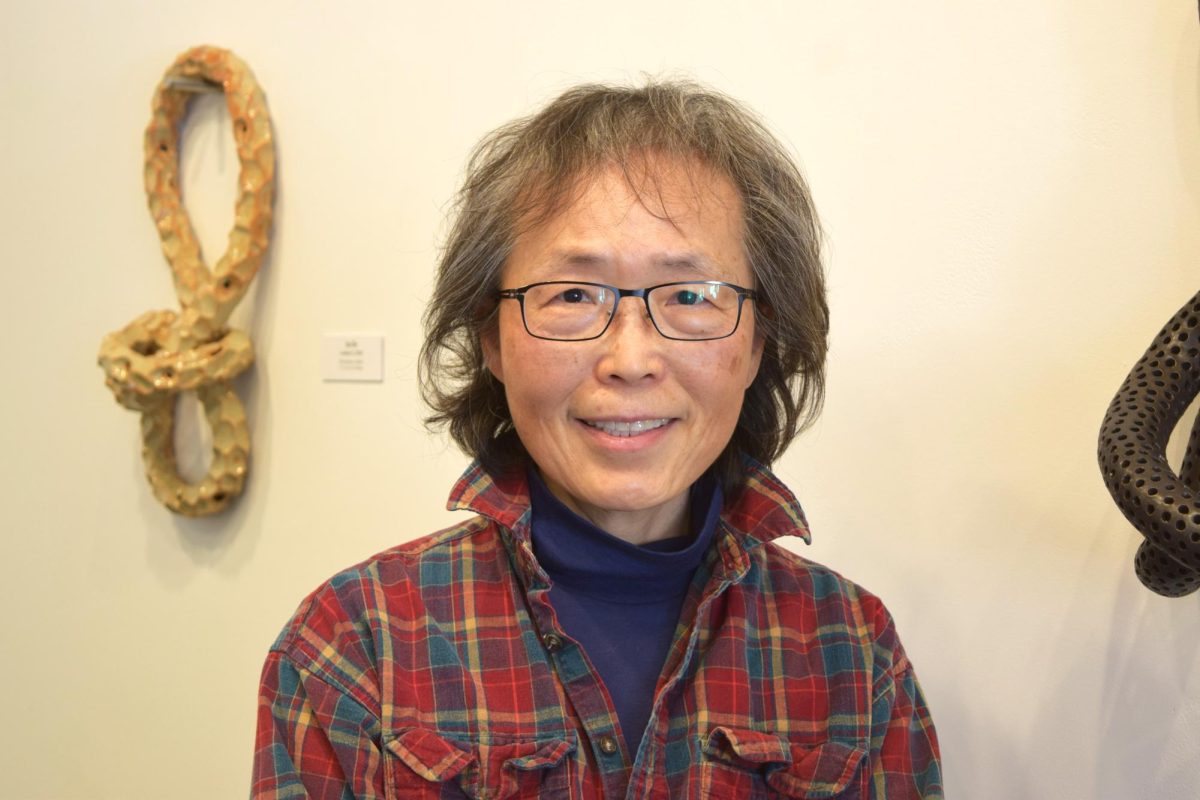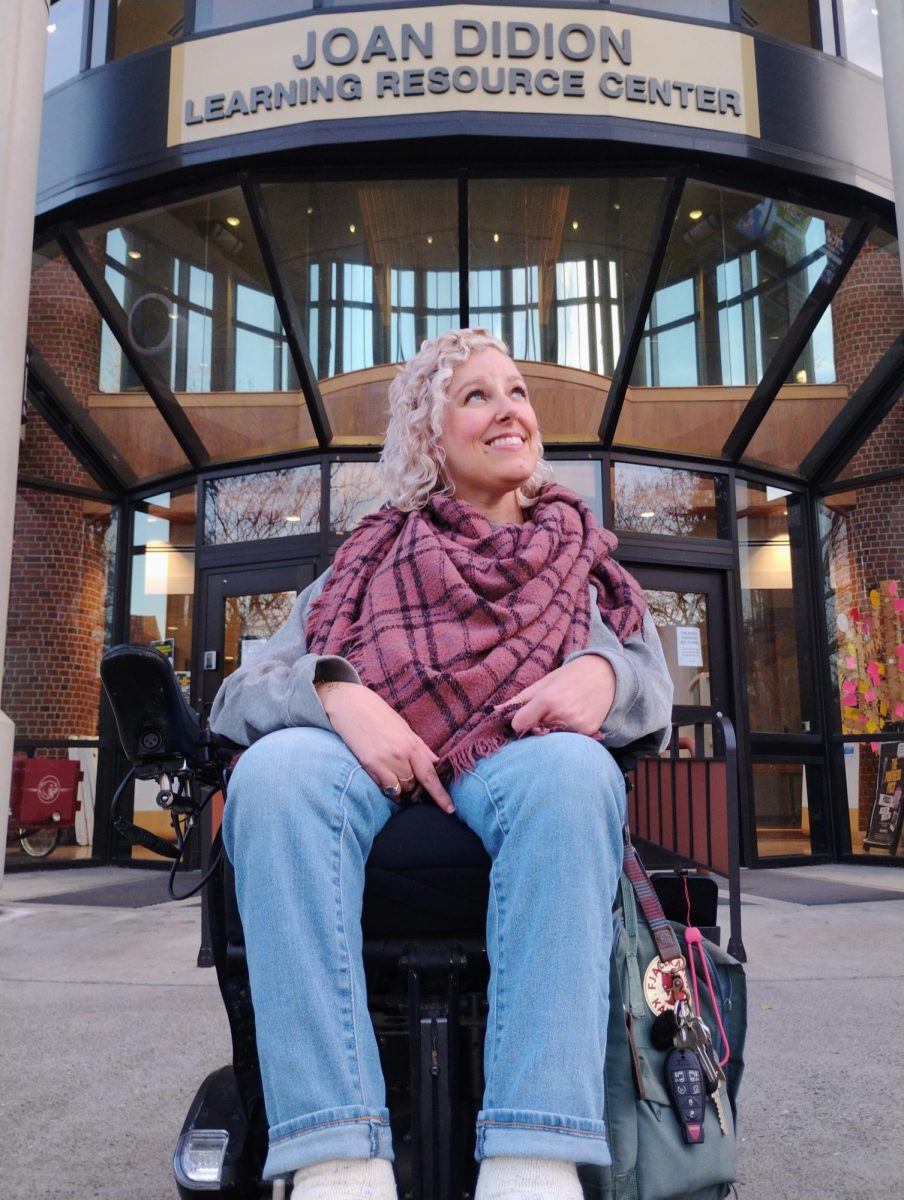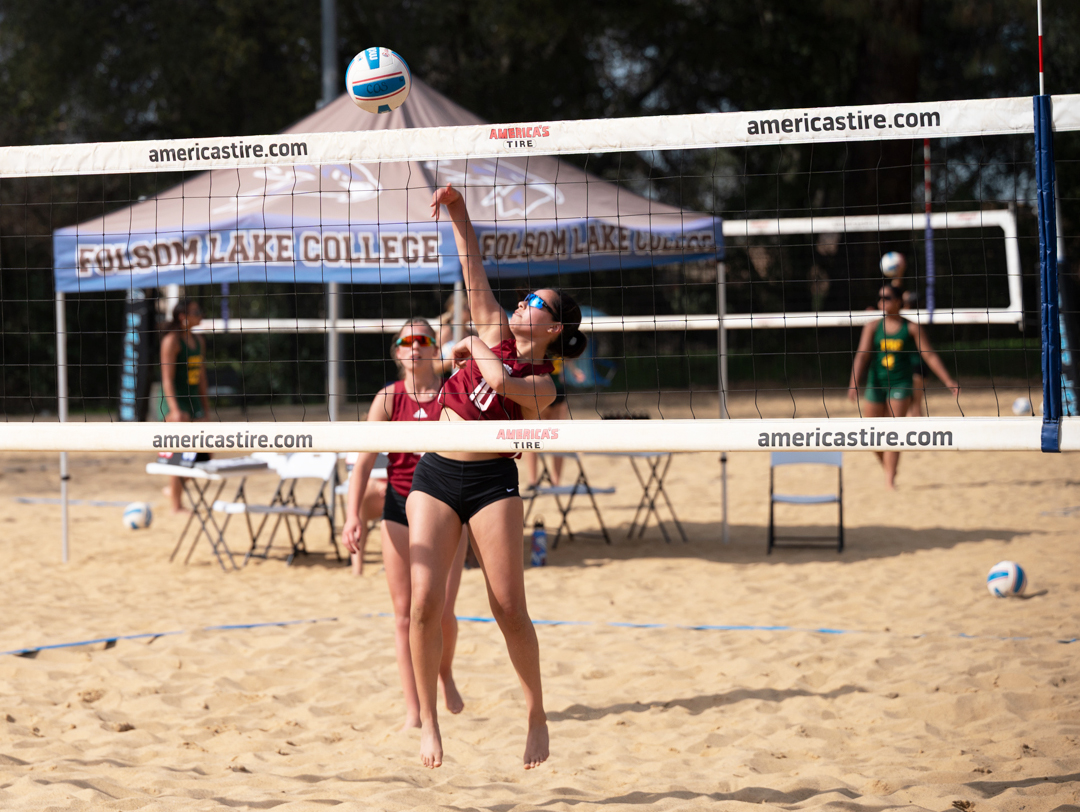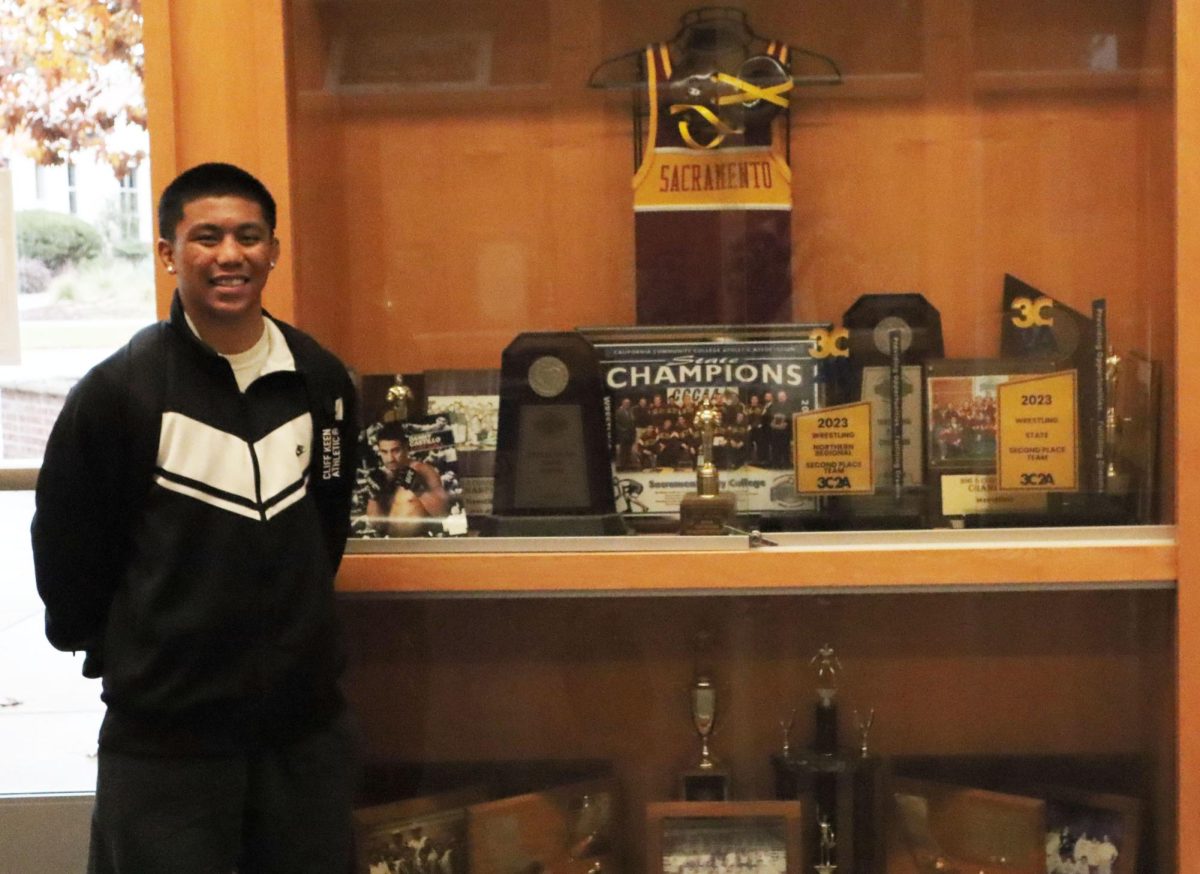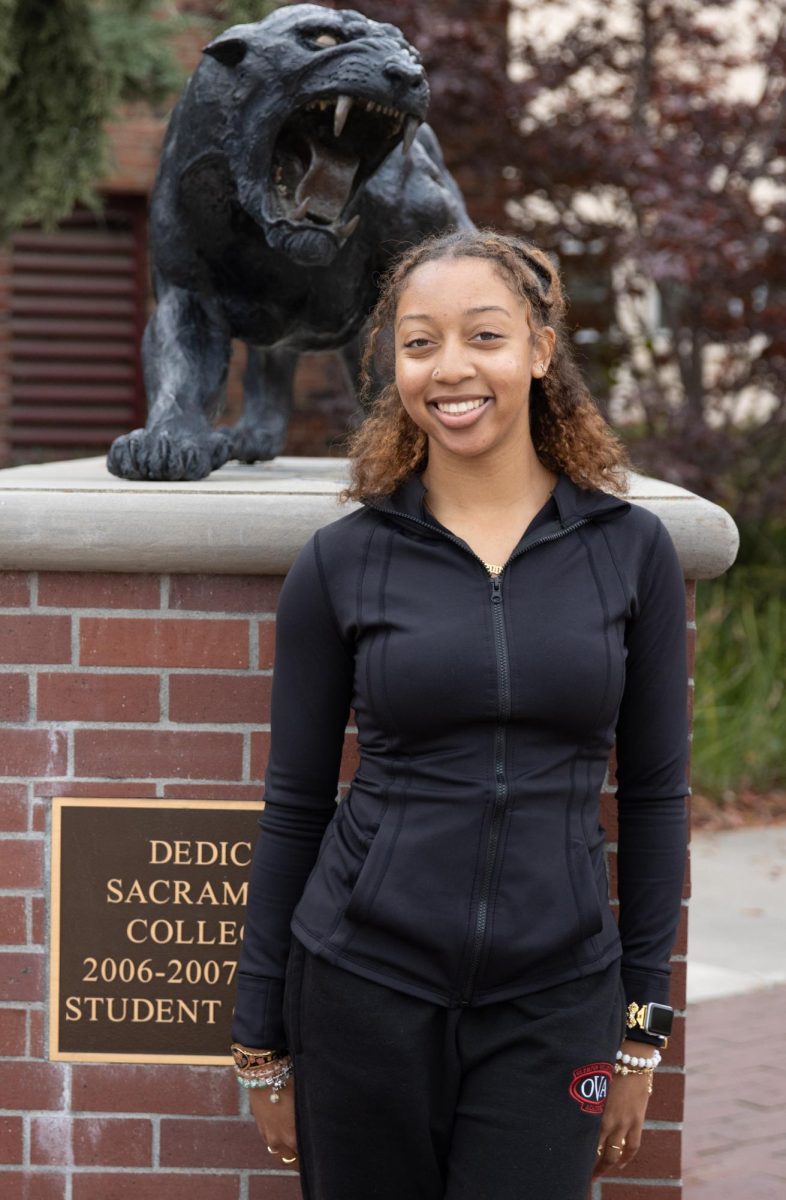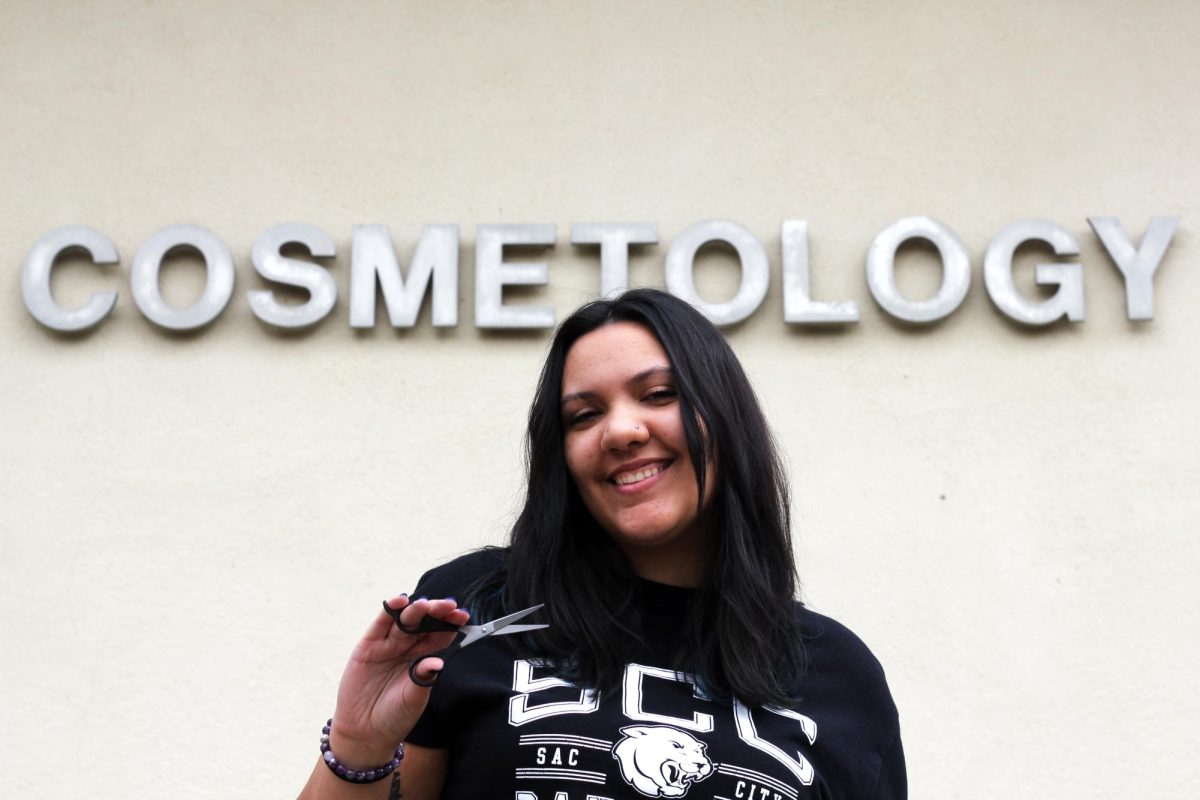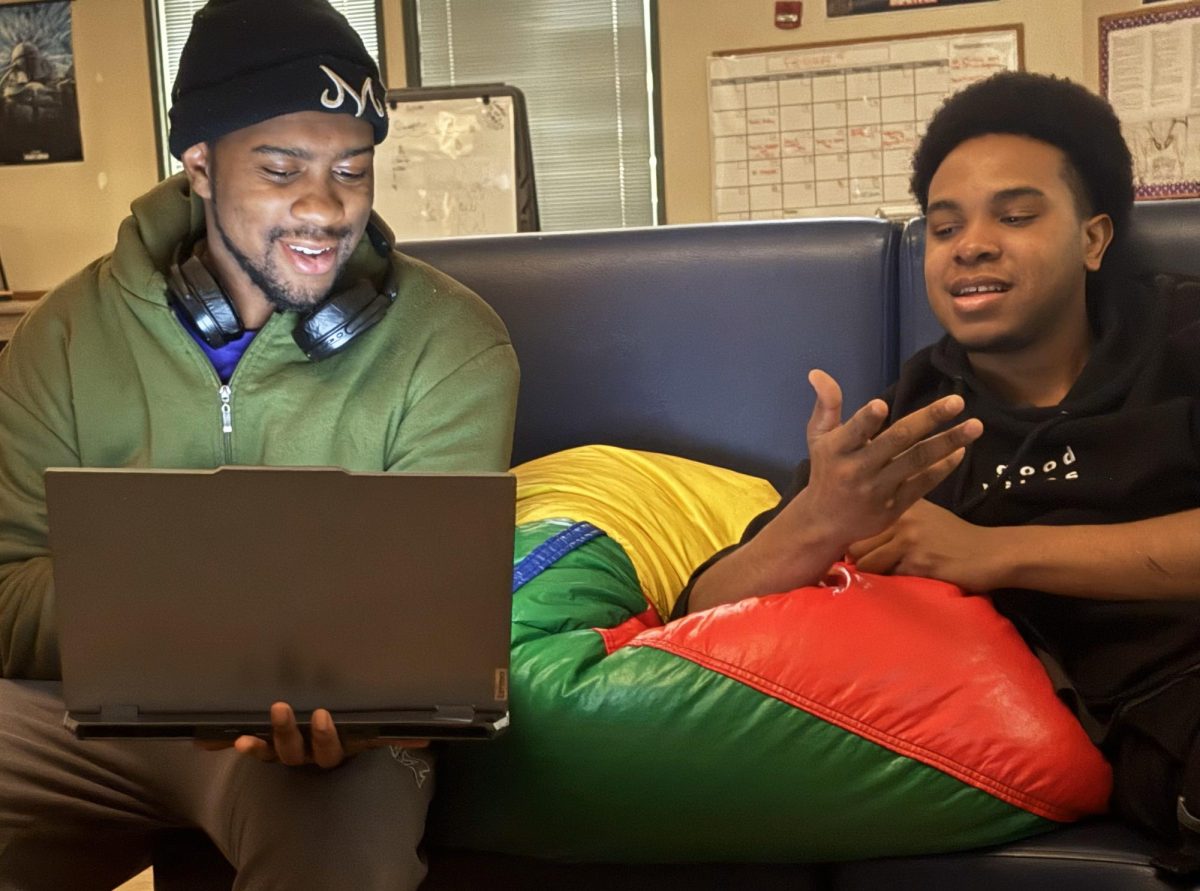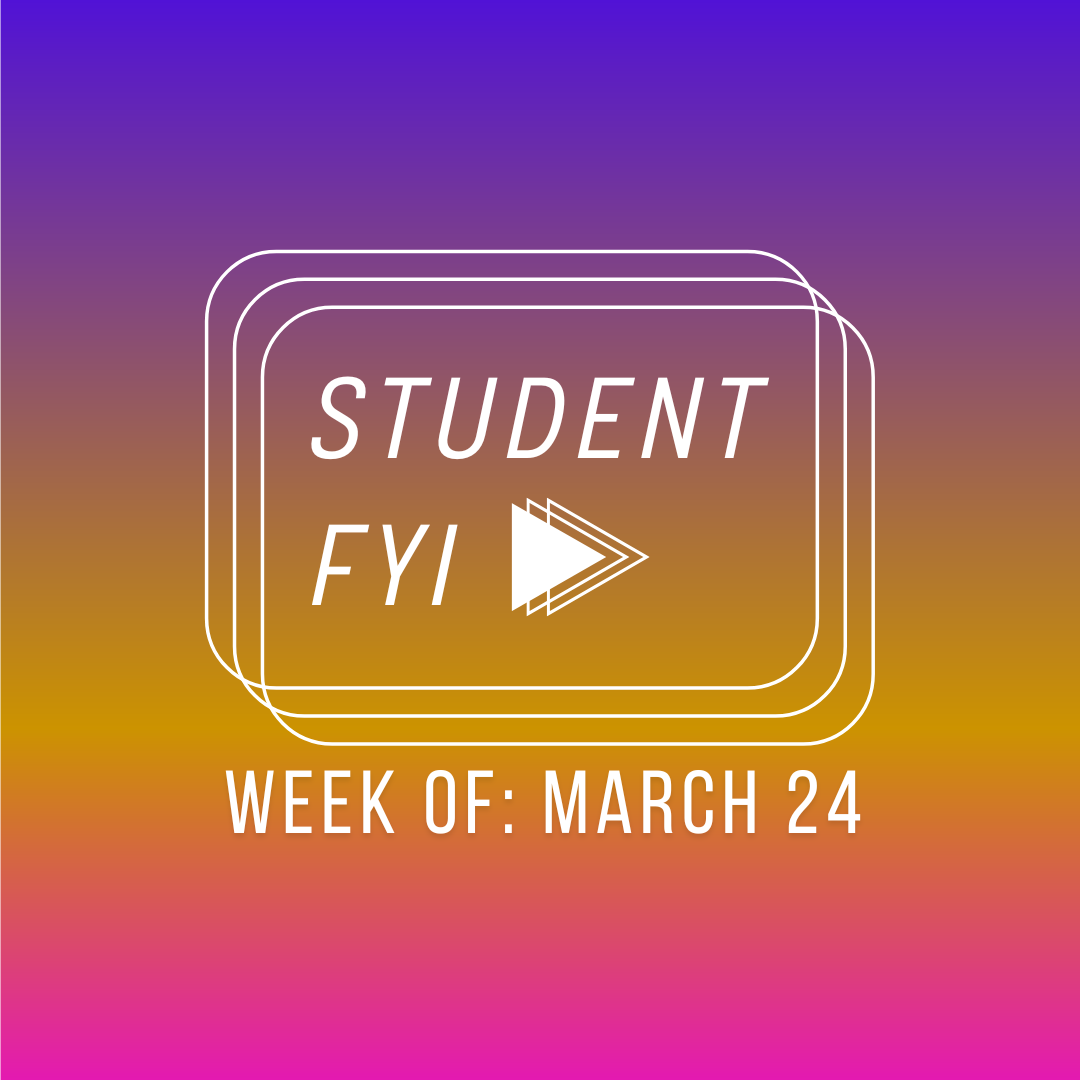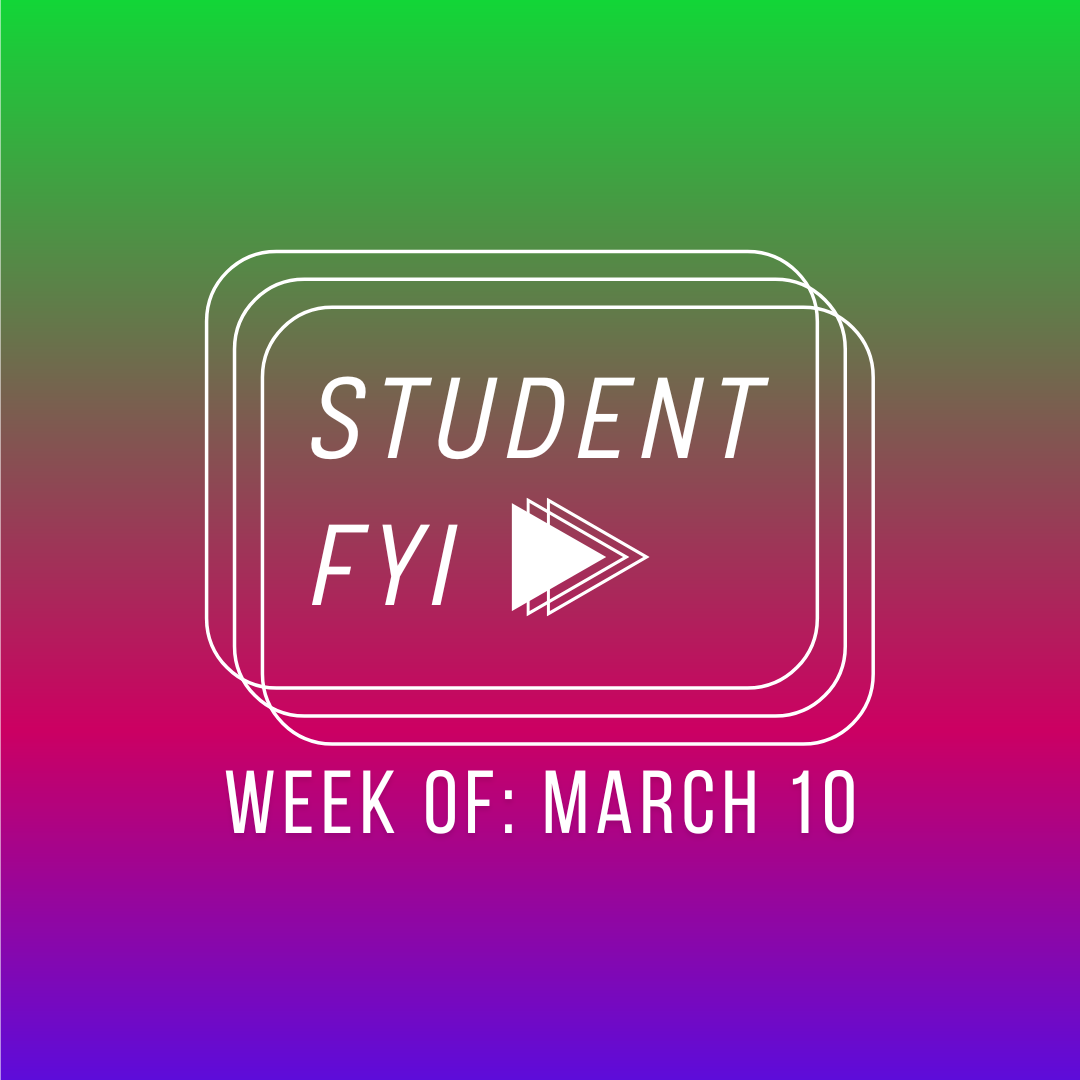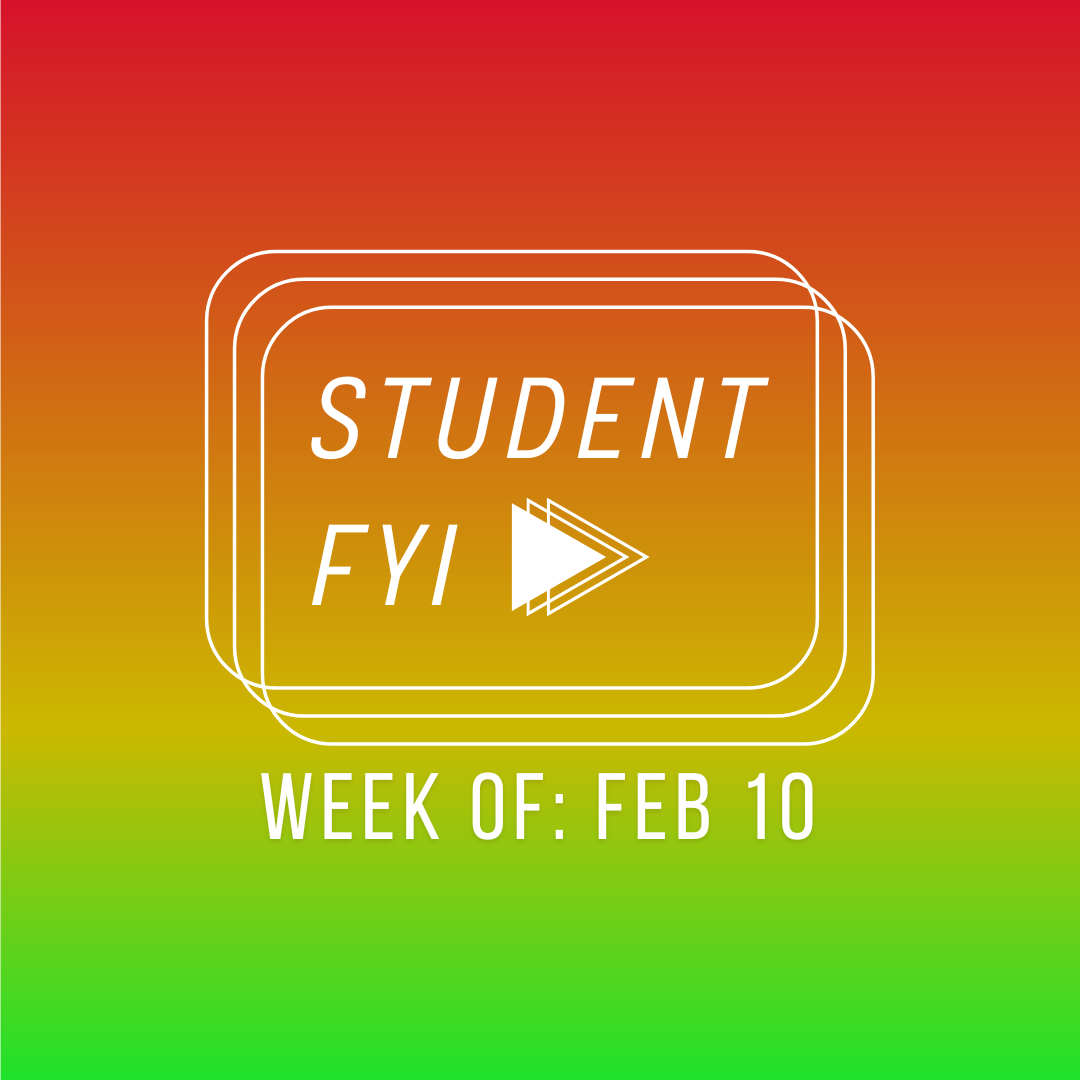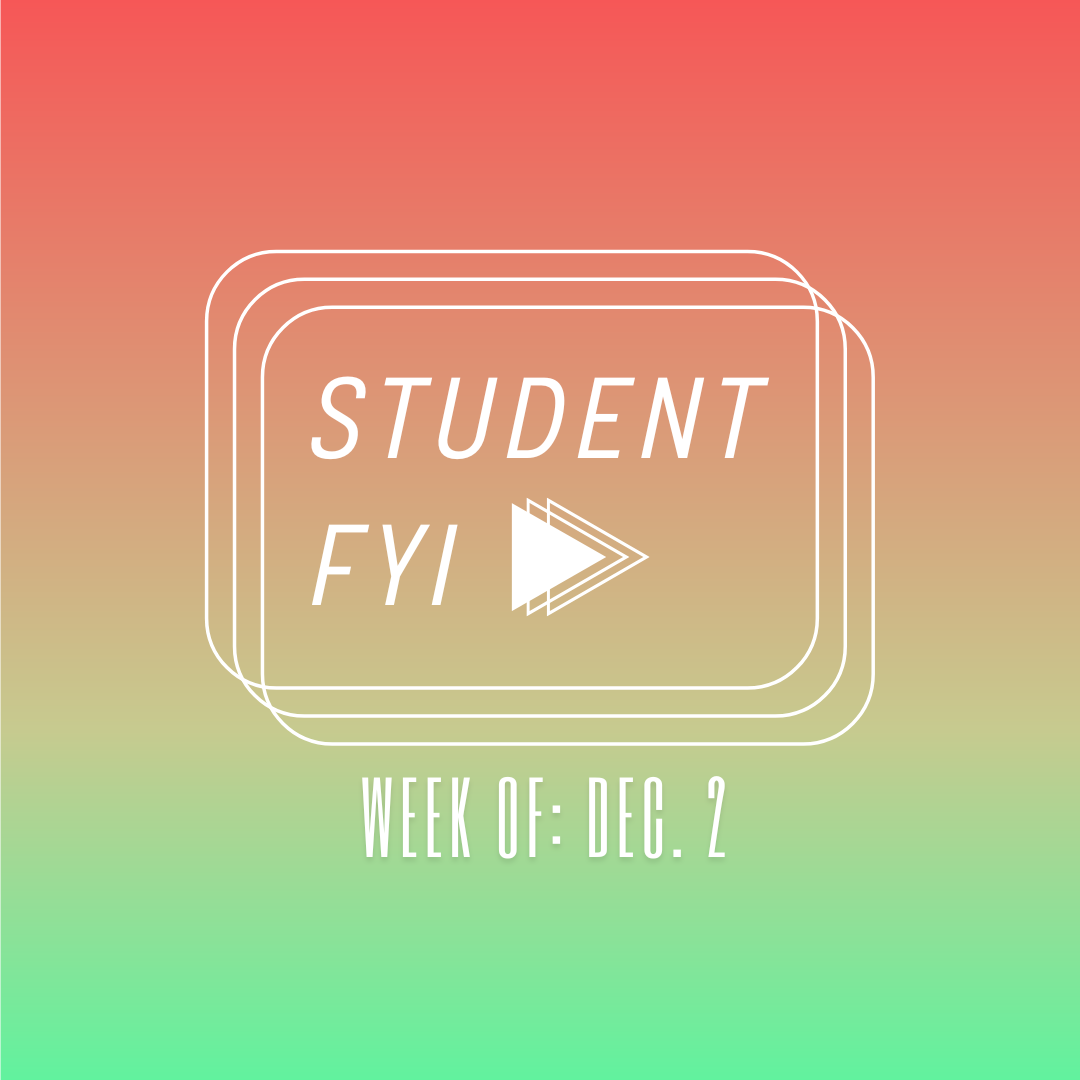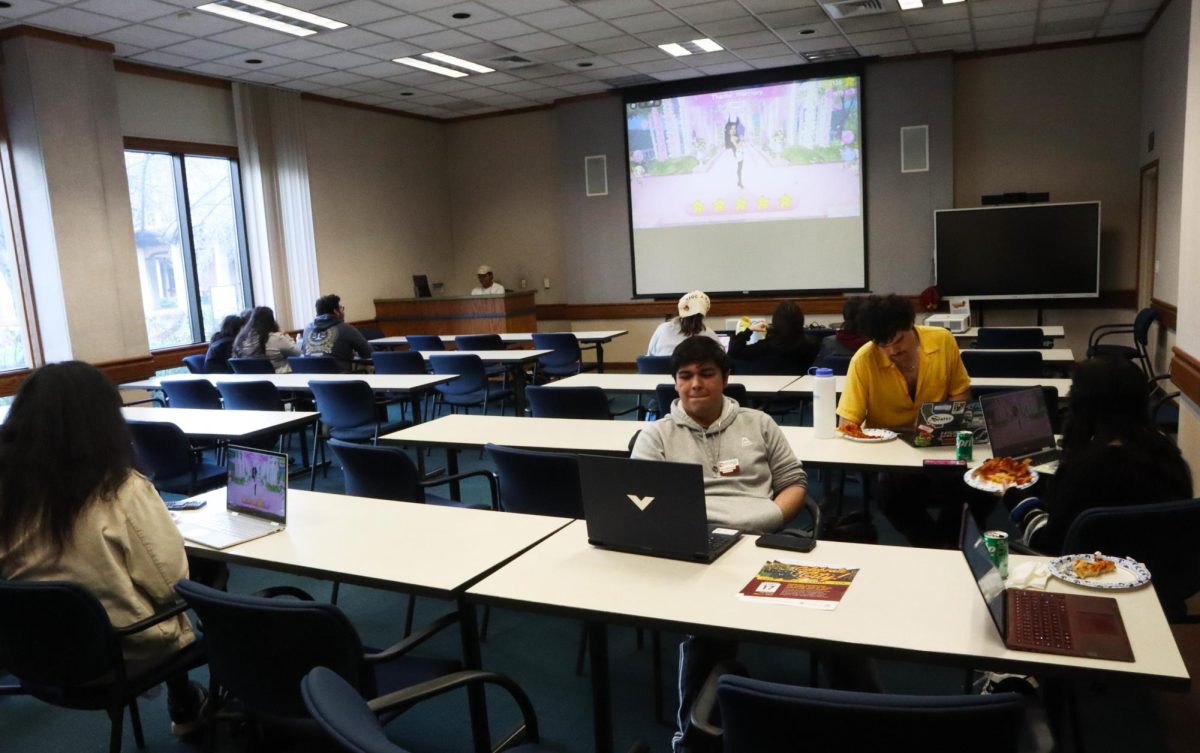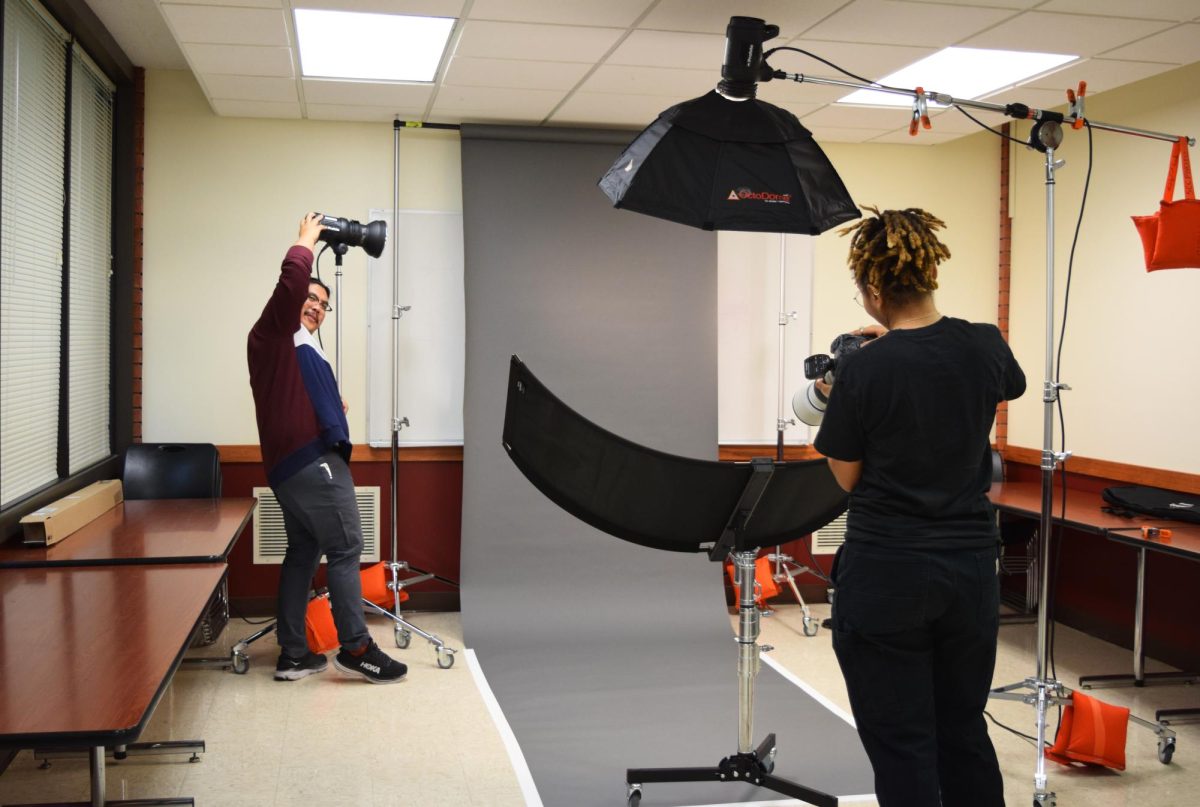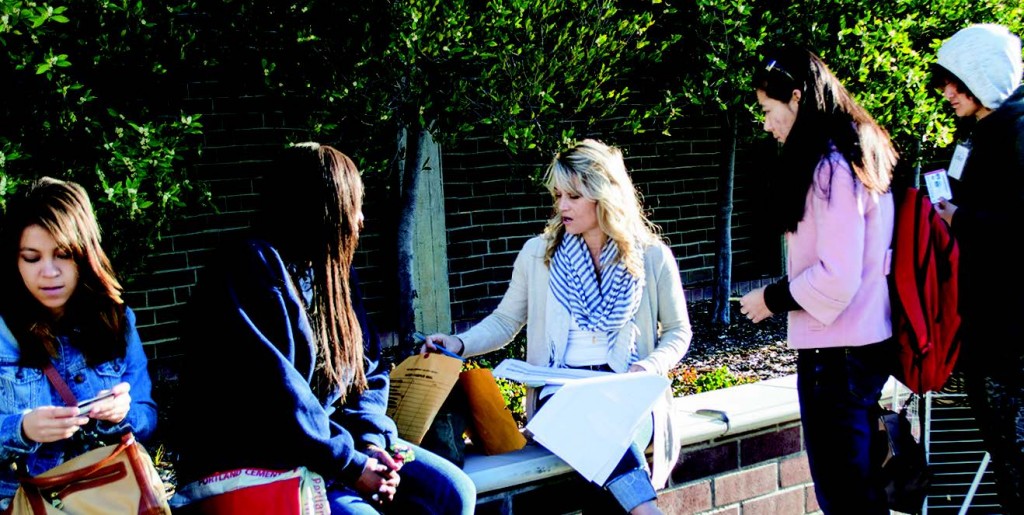Vienna J. Montague | Staff Writer | viennajmontagueexpress@gmail.com
City College Transfer Center helps students prepare for the move from day one
More than 800 students are expected to transfer from City College to UCs and CSUs this fall—a good number, according to the Planning, Research and Institutional Effectiveness office.
But while transferring is usually the goal for many students attending community college, City College Transfer Center Director Shannon Gilley said that if a student is ill-prepared, the task might be more tedious than necessary.
“The first step,” Gilley said, “starts on day one.”
Grades count, and while potential transfer students may not feel the pressure of a college application weighing on them, if they don’t count classroom performance as a top priority, Gilley said their options may be limited in the future.
“Students will often come to me and say, ‘What GPA should I get?’ and I’ll say, ‘Get the best GPA that you can,’” Gilley said. “Everything you’re doing now is leading up to the goal.”
Every student needs to begin by meeting with a counselor, Gilley said, either before or after setting up an Individual Student Education Plan, also known as an ISEP, which can be done with a counselor or independently.
Gilley said the classes students take will vary depending on the college or university they plan on transferring to, and the Transfer Center highly recommends that students choose three to five possible places for transfer.
According to Gilley, most students who want to transfer to either a CSU or a UC will likely be following the Intersegmental General Education Transfer Curriculum plan for transfer.
“The CSU [general education] pattern only works for the CSU system, but the IGETC also works for out-of-state and private schools,” Gilley said. “For the student who is open and is considering their options, the IGETC is a really good pattern for students to follow.”
If students choose not to work with a counselor, they could be making the process more difficult for themselves, said Gilley.
Former City College student and anthropology major Jessica Alexander, who transferred to UC Davis, said she had a difficult time because she tried to do everything on her own.
“It was complicated for me because I didn’t ask Sac City for help. I just followed online instructions and forms. In hindsight, I would have seen an academic counselor to help,” Alexander said. “But once I went to a transfer student orientation at UC Davis, it became easy — or at least less daunting.”
According to Gilley, City College has also been working on building bridges with local universities. Currently, there are 22 degrees for transfer to four-year institutions. One specific program includes an automatic transfer to a CSU, depending on the degree for transfer.
Another relatively unknown program, Gilley said, is TAP (Transfer Alliance Program/Project), which can boost a student’s chances of getting into a competitive school like UCLA by 90 percent, simply by taking a few honors classes.
Gilley said they’ve also been working on a new program linking transfer students at City College to UC Berkeley, UC Davis and Sac State.
“I can’t tell you how many times students will say, ‘I got in! What do I do now?’” Gilley said. “So we had [the universities] create workshops to really make it less confusing.”
The workshops offer a wide range of topics, including how students should pick their classes and basics such as what an adviser is and how one can help with the transfer process. The Transfer Center also offers trips to view different universities so students can get the feel for a campus and decide whether it’s a good fit.
Students applying to the UC and CSU systems should know that the application process often takes place a year in advance; however, according to Gilley, private and out-of-state colleges often accept applications during the spring semester a few months prior to the start date.
“Some of them, depending on the schools, will even go as late as into the summer, for that fall,” Gilley said. “So it really just depends on the schools that students are looking at.”
Scholarship deadlines also vary, and, according to Gilley, it’s good to check in with a counselor at the beginning of each semester.
Students can prepare for how much they’ll need financially for all their choice schools both online and through the Free Application for Federal Student Aid, or the FAFSA. Gilley said that when students complete their FAFSAs, they can enter a list of potential colleges they may transfer to. The FAFSA will show them the amount of financial aid they’re eligible for when it’s processed.
A lot of universities offer their own financial aid, like the UC system’s Blue and Gold financial aid package, which, according to Gilley, waives tuition and fees for students whose household income is below a certain threshold.
Another issue some students worry about is “timing out” by taking too many units not in line with the student’s major and running out of student aid.
“That’s my biggest concern,” said nursing major Alyce Foster. “There are only so many units I can take.”
Gilley said the secret to overcoming hurdles like these is to demystify the transfer process, and to do that, meeting with a counselor will get students on the fast track to where they want to go.
“I think it is scary because it’s the unknown in the sense that most of our students have obviously never transferred before,” Gilley said. “But once you start having those conversations and start meeting with your counselor regularly, it really starts to break it down.”
The City College Transfer Center is located in Room 147 in Rodda Hall North and is open Monday through Friday 8:30 a.m. to 5:30 p.m. Students can make appointments with counselors online through the student’s personal online portal or in person. Counselors can also be contacted by e-mail or phone. To stay up to date on programs and workshops, students can follow the Transfer Center’s Facebook page, https://www.facebook.com/SacramentoCityCollegeTransferCenter.

